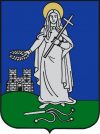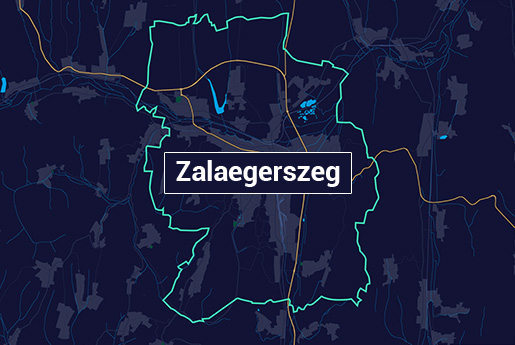
Zala Wine Feast – Keszthely Wine Festival
Keszthelyen évről évre megrendezik a szüreti felvonulást is a Zalai Borcégér – Keszthelyi Borünnep keretén belül.
Zalaegerszeg and its immediate vicinity, surrounded by undulating hills, has been populated since time immemorial. The first mention of the town dates back to 1247 under the name of Egurscug, part of the king’s estates, that soon developed into a market town.

Keszthelyen évről évre megrendezik a szüreti felvonulást is a Zalai Borcégér – Keszthelyi Borünnep keretén belül.

Zalaegerszeg and its immediate vicinity, surrounded by undulating hills, has been populated since time immemorial.
The first mention of the town dates back to 1247 under the name of Egurscug, part of the king’s estates, that soon developed into a market town. Its role grew after the Ottoman occupation, especially following the fall of Kanizsa in 1600. In 1732 it became the seat of the county and this year saw the inauguration of the Baroque County Hall, built in the very place of the former fortification.
Only after much struggle could Zalaegerszeg finally become an independent municipality in 1885; its first mayor was Károly Kovács after whom a little square was named in the town centre. During the dualist period in the late 19th century the town’s progress was unparalleled: a strong middle class was emerging to replace the world of tradesmen and noblemen so far dominating the society. During the communist times Zalaegerszeg was considered a blue-collar town, largely owing to its role as a centre for light industry.
Over time, Zalaegerszeg has developed to be the county seat with 60,000 inhabitants.
Today it plays a key role in several sectors and, on account of its major role in regional tourism, it has been labelled as the “gate to the Göcsej region”. Among its prominent landmarks we can mention the TV tower, the Earth Tower Clock, the Azalea Valley, the Göcsej Village Museum, the Hungarian Oil and Gas Museum, or the Regional Folk Craftsman House in Gébárt.
Pay a visit to Zalaegerszeg and its vicinity to see for yourself how built and natural heritage can flourish in peaceful coexistence and perfect harmony.
County: Zala
Coordinates: 46.84538°É 16.84721°K
Website: zalaegerszegturizmus.hu
